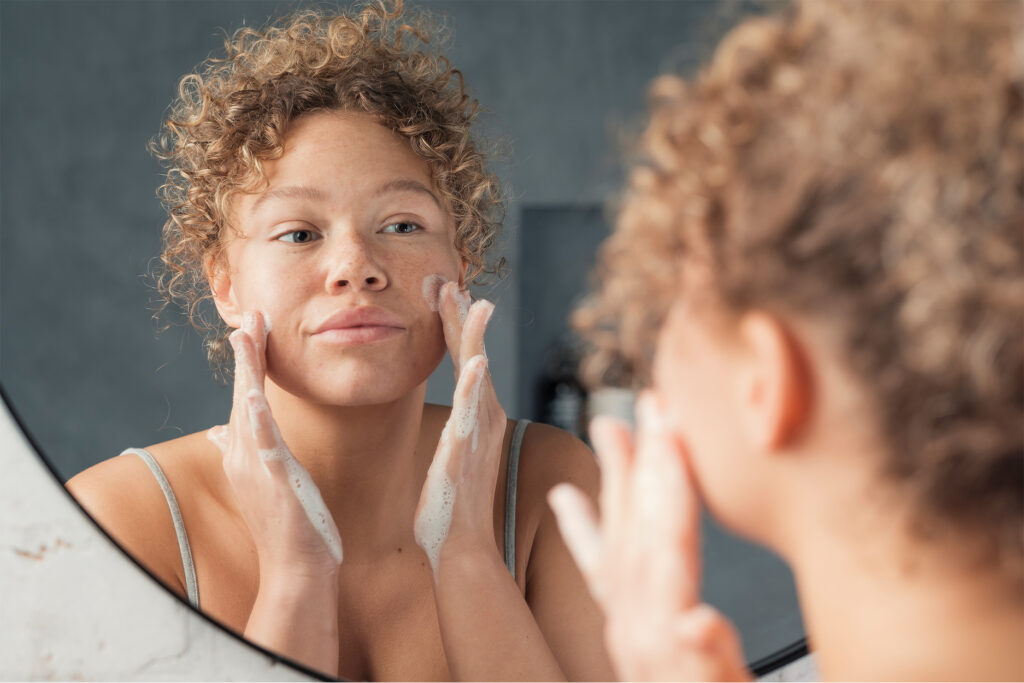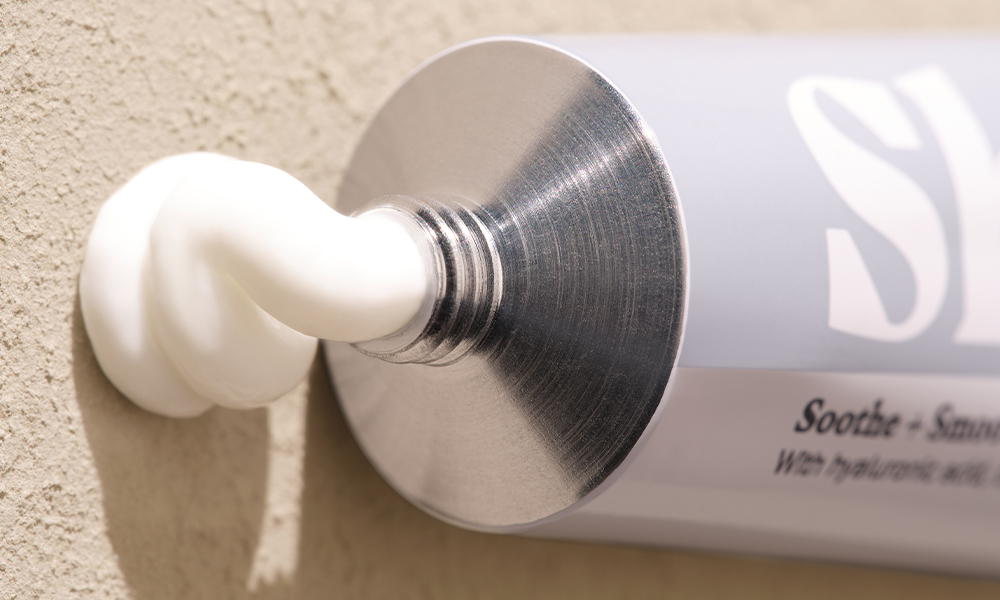Ask A Dermatologist: Skincare Tips For Winter

Link to share article here:
Ask A Dermatologist: Managing Prescription Skincare Side Effects
If you start using prescription-strength skincare, it’s good to understand what you can expect on your journey. These are powerful ingredients prescribed by experts to meet your skin goals – whether that’s tackling acne or rosacea, pigmentation or skin-ageing, and like all medicines, there can be mild side effects.
Remember, we’re always on hand to advise and adjust your treatment if needs be. Below, Skin + Me’s Dermatology Team share their advice on common side effects related to prescription skincare and increasing the concentration of active ingredients in your routine.
My skin is dry and sore after introducing new skincare, what should I do?
When first using prescription-strength skincare treatments, some people experience skin dryness, flaking, and peeling, which can sometimes lead to redness and a stinging sensation. This is a normal response when first using powerful active ingredients, and it will usually settle within a few weeks as your skin adapts.
You’ll see dry flaky skin appear mainly around your chin, your nose and cheeks, but any part of your face where a retinoid is applied could be affected. Luckily, there are a few things you can do to help heal dry skin and ease any irritation when introducing new skincare ingredients like your personalised solution.
When it comes to negating the possibility of active ingredient side effects, our Dermatology Team recommends incrementally increasing the concentration of actives in your formulations over time. This is known as micodosing. It builds skin tolerance and delivers the best results with minimal side effects. Your Daily Doser is designed to increase the concentration of actives each month so (under the guidance of a medical professional) all the hard work is done for you.
How can I treat my dry skin?
Strip back your skincare routine to the basics: cleanse, treat, hydrate and protect. This ensures you’re not using any ingredients that don’t play well together. You should use a gentle cleanser that doesn’t leave your skin feeling tight, a moisturiser that suits your skin type (light if you’re prone to spots or have oily skin, rich if your skin is already on the dry side) and sunscreen, SPF 30 or higher.
Our Head of Medical, Dr Jason Thomson recommends, “Use a moisturiser with barrier-friendly, moisturising ingredients. Ingredients to look out for include: hyaluronic acid, ceramides, humectants and natural moisturising factors.”
Humectants are key to skin hydration as they attract moisture to the skin, and retain it for longer.
Can I use any other actives?
If you’re using new prescription ingredients for the first time, particularly tretinoin and azelaic acid, you should avoid using any exfoliants (AHAs, BHAs, PHAs or physical scrubs) until your skin has built tolerance to the new products.
We know it’s tempting to reach for something to scrub dead skin away, but that baby-smooth skin is not worth the risk – you could over-exfoliate and damage your skin barrier – stick to moisturising. If you want to try trends like slugging then our Dermatologists have advice for you.
What’s the most important thing to do?
Moisturise. You should always apply moisturiser around ten minutes after using powerful active ingredients. However, if your skin is really struggling, we recommend ‘buffering’. This is when you apply moisturiser before the new ingredients, like the Skin + Me Daily Doser, which essentially buffers your skin against the new ingredients.
Don’t worry about impacting the efficacy of your treatment. It dilutes the concentration to make it less powerful and therefore easier to tolerate, but your actives will still work effectively.
My skin is getting worse. Where do I get help?
If dryness and irritation continue after several weeks, and buffering isn’t helping, it’s time to speak to an expert. If you’re a Skin + Me customer, our Dermatology Team are only an email away and can either reduce the strength of your prescription or replace an ingredient entirely.
My skin is breaking out – is this skin purging?
If your skin has started breaking out after trying a new skincare product, it doesn’t always mean you should give up on your goals – you might just be experiencing temporary skin purging.
Skin purging is when acne becomes more noticeable after beginning new active treatments like tretinoin and azelaic acid. This happens because certain actives rapidly increase skin cell turnover. This blocks pores, resulting in more spots.
Skin purging most often occurs when you start using skincare products with powerful active ingredients. This means that if your acne is more of an issue after introducing a new cleanser, moisturiser or sunscreen, you’re probably experiencing irritation or sensitivity rather than purging and you should stop using it.
Purging is common and is a natural part of active ingredient use – it means that your treatment is working, and your skin should clear up naturally after about six weeks.
What can I do to manage skin purging?
If you’re in your first few months of treatment, continue to stick with your active ingredients routine. Though it may feel challenging at first, rest assured, science is on your side. Be gentle and compassionate with your skin as it goes through this process and stick to your stripped-back routine.
As mentioned previously, avoid using any other harsh exfoliants or additional actives. You’ll risk completely overloading your skin, which could make your purging much worse and compromise your skin barrier – hello, increased sensitivity!
If you still experience skin purging after six weeks of using your Skin + Me Daily Doser, drop the Skin + Me team an email and they’ll get back to you with the next steps to get your skin on track.
Medical facts checked by Head of Medical, Dr Jason Thomson.
You might also like…
New to Skin + Me? Get your first month of personalised skincare for £4.99 with promo code DOSE – complete our quick consultation here.
Looking for a routine refresh? Add the Dream Routine to your Skin + Me subscription.
In need of a restock? Head to The Skincare Shop for one-off purchases of your Routine Essentials.



